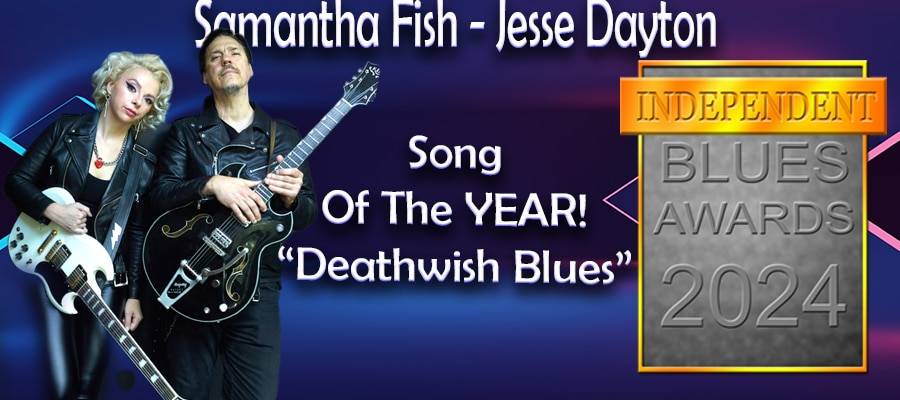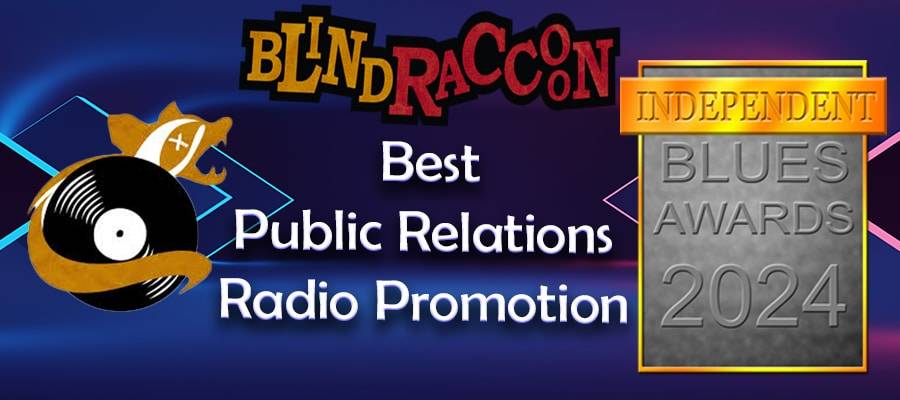How to Mic Drums!
Introduction
Before we get started let me explain some of the fundamental types of engineers in a recording studio. The first “type” of engineer you will encounter in a recording session is the “Tracking” engineer. This the guy who chooses and places the microphones in the studio. He chooses the preamps and sets the levels going into the recording medium. The Second is the “Mix” engineer, he is the engineer that takes those raw tracks and molds them into a final Mix that represents the artist’s vision. The final is the “Mastering” engineer! This has been in the past a very specialized job that takes that final mix and gives it that special “Polish” and “Sheen”. They also ensure the final mix complies with the recording standards for it’s final medium whether it is CD, Streaming or Vinyl.
Today many studios the engineer will wear all three hats, but only one at a time. Each has it’s own skill set and should be approached as such.
Capturing a good drum sound can make or break a recording session. This is the engine that drives the sound of the recording! Choosing and placing the microphones is the first step in getting this crucial instrument captured.
If you talk to 10 “Tracking” engineers about how they like to record drums you will get 10 different approaches! Microphone choices and placement, preamps and compressors all combine to create each engineers method of getting their unique drum sound.
Again, we are not talking mixing here, this is the tracking or the initial recording of the drums. Once we have them recorded the “Mix” engineer takes those raw tracks and shapes them into the final drum sound, but you need to have great tracks to start. What we will talk about in this article is how to choose and place the right microphone to capture the initial tracks to get a good drum sound before you get to the mix.
Microphones
When you choose microphones to record drums there are a few things you have to take into account. The first is the ability of the microphone to handle high “SPL’s” (Sound Pressure Levels). Drums get loud, and if the microphones you choose to put on your drums cannot handle the volume they will distort.
Snare and Toms
For Snares and Toms you should look for a good “Dynamic” microphone. These types of microphones are designed to handle high volume levels. They also should have a tight cardioid pattern, where the microphone picks up what is directly in front of it and rejects sound coming from the side and back of the mic.
Choosing microphones such as the Sennheiser E604, Shure SM57 or the Audix D2 are always good choices and are a few of my favorites. Of course if you have the bucks, you can’t go wrong with the Sennheiser 421‘s These are just classic on Toms!
When you place these microphones you want to point them towards the drum head at an angle of about 45 Degrees. You want them to capture the area that is just outside the impact zone of the drum stick to catch a full tone. If you are looking for something different angle the mic closer to the rim, this will change the tone Some engineers like to put a microphone underneath the Snare to capture the rattle. Of course there are some that also mic the bottom of the toms as well. To me this is pretty much an overkill.
Hi Hats
Some engineers like to mic up the Hi-Hats, personally I more often than not don’t use the Hi-Hat track when mixing. If you want to mic up the Hi-Hats your best bet is to use a good small diaphragm condenser microphone angled down around 45 degrees pointing at the edge of the cymbals.
Bass Drum
When it comes to the Bass Drum, you want a very special kind of “Dynamic” microphone. One that is voiced specifically to capture the low end boom of the drum yet still captures that snap of the beater. There are many of these type of microphones on the market, one of the more famous of these is the EV RE20. This particular microphone is also favored by DJ’s for how it creates that boomy commanding voice tone. Other good choices are the AKG D112 Audix D6 or the Shure Beta52.
Placing the Bass drum Microphone is pretty straight forward, if you have a mic port on the front of the bass drum (the round hole in the front drum head) you place the Microphone in the hole and point it towards the point just off to the side of where the beater hits the drum. Some Engineers like to place an additional microphone on the beater side of the bass drum to enhance the “snap” of the beater. But again this is up to your taste and what you are looking for.
Overhead Microphones
These are probably the most misunderstood microphones when recording drums in the studio. If they are not placed right you can run into phase issues and uneven sounding drums. The purpose of the overheads is to capture the overall sound of the drums, the cymbals and the room they are recorded in. You don’t want the cymbals to sound harsh, but more smooth and pleasing to the ear.
Because of the fact that these microphones are not directly recording the drum heads, you have more options available in terms of the types of microphones you can use. Condenser Microphones, both Small diaphragm and Large diaphragm, are the go to microphone for most engineers, but I have seen Ribbon microphones used for this application.
One of the more famous microphones that are used for drum overheads is the Neumann U87. For most small studios having $6,000 worth of microphones to use for drum overheads may not be an option. Fortunately Warm Audio has an option that is more economical. The Warm Audio WA-87 is a really good alternative that gives you the same warm sound on cymbals at a fraction of the cost. Other great alternatives include the Shure Sm81 Audix ADX51 Neumann KM184 AKG C414 Warm Audio WA47jr Cascade Fathead. The bottom line investing in good microphones for your overheads can make all the difference in your drum recordings.
Placement of the overheads are extremely important and which method you use is determined by what you are looking to capture in terms of a drum sound. Your overheads can make or break your drum recording. Bad placement of the overheads can result in phase issues that will mask important aspects of the kit or worse create a loss of clarity to your drum sound. You have XY, ORTF, Spaced Pair, mono and Glyn Johns type of placements. The Video below is a great explanation of these different types of overhead placement.
Room Microphone
If you are tracking your drums in an isolated environment, you may want to add a “room” mic to your setup. This would capture, as the name implies, the room the drums are being recorded in. This track can be added to the mix as an ambient sound to give the drums a spacial feel. As for microphones, any mic you would use for overheads would work for a room microphone.
Conclusion
Having a good collection of microphones for recording drums is a must have for any studio. Many microphone manufacturers offer complete drum microphone kits that include everything you need to mic up a drum kit. These are great options to get you started. As your microphone locker matures and grows you will have more options to experiment and find the right microphones for your drum sound. The key is to invest in good microphones for drums and experiment.
Till Next time .. Hit Record and make some history.
Discover more from Making A Scene!
Subscribe to get the latest posts sent to your email.















































